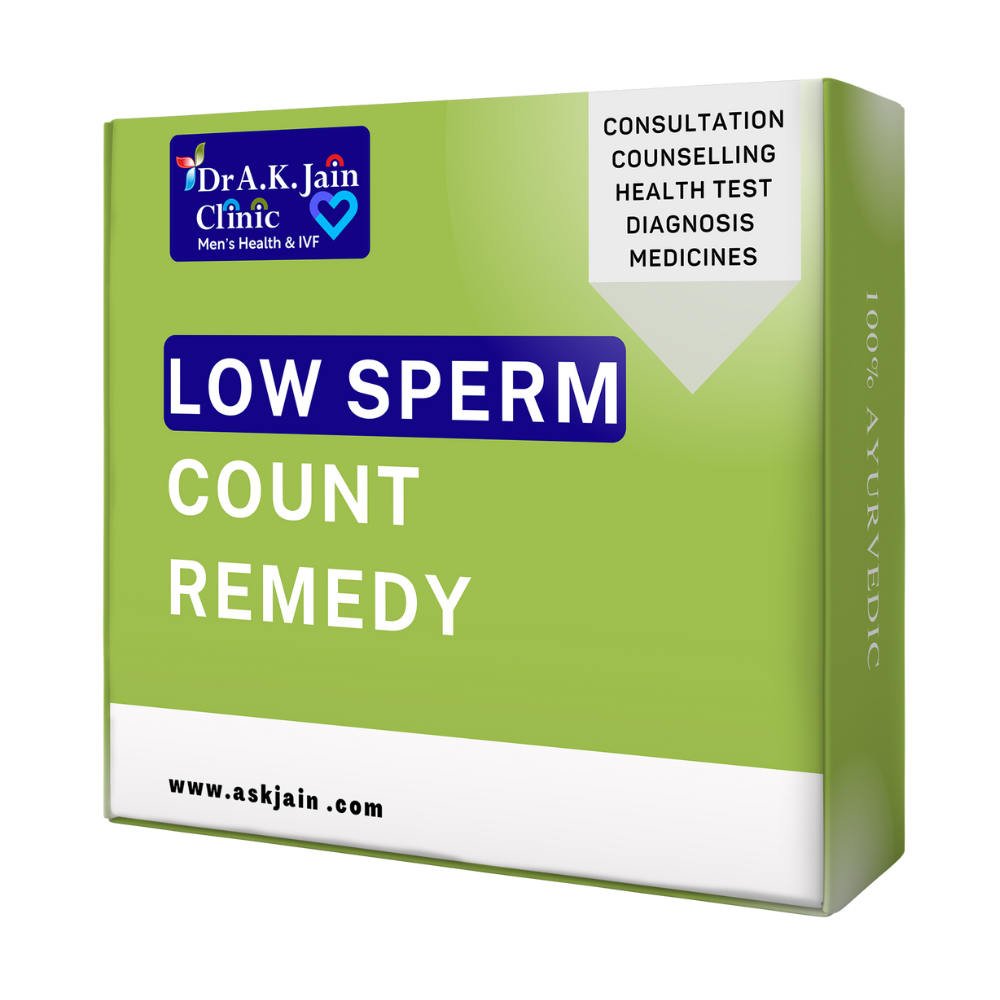Dhat Syndrome (Rog) Reasons
"Dhat Syndrome (rog)" this term is not something new or just recently has come up, rather it is a very old term that was described by Dr. N. N. Wig in 1960 through a journal of clinical and social Psychiatry, this issue was taken forward by Dr. J.S. Neki in the British Journal of Psychiatry in the year 1973. Later this matter was touched by a lot of intelligent people and lot of journals were published in its reference.
FREE Counseling Pae Aj Hi.
Nothing more leads to anxiety in any man other than semen loss which can be through wet dreams and masturbation. There are loads of symptoms attached
- Fatigue
- Listlessness
- Appetite Loss
- Lack of physical strength
- Poor Concentration
- Forgetfulness
- Guilt
Though initially it was thought that we have this syndrome in men only, however, later it was found that even women might have this syndrome.
The overall anxiety related to loss of semen it can be tracked back to thousands of years as it is present in the Ayurvedic texts as well. Where it mentioned as that even a single drop of semen, could destabilise the whole body
A study in the British journal of Psychiatry which was published a year later by Dr M.S. Bhatia and Dr. S.C.Malik reported that 93 out of 144 patients suffering from a sexual dysfunction clinic had Dhat syndrome. Lots of papers published in on the Dhat syndrome in the years 1980's and 1990's all reported that depressive, anxiety and somatoform disorders are hugely present in the majority of Dhat syndrome.
Dhat syndrome is present in young males, recently married who are from rural areas, below a poverty line and any family which has a conservative approach towards sex. From all the studies, there are 3 types of Dhat patients have been identified:
- Dhat Alone - It is prevalent where symptoms are related to semen loss and there are loads of other hypochondriacal, depressive or anxiety based in nature
- Dhat with comorbid depression and anxiety
- Dhat due to sexual dysfunction
Dhat Syndrome (Rog) Treatment
Cognitive behavioral is the mainstay of treatment, this therapy is called as a psychotherapeutic approach more like a talking therapy. The overall aim of this therapy is to remove problems concerning dysfunctional emotions, behaviors, and cognitions. The overall therapy is also known as designate behavior therapy, cognitive therapy.
Related Posts:



















